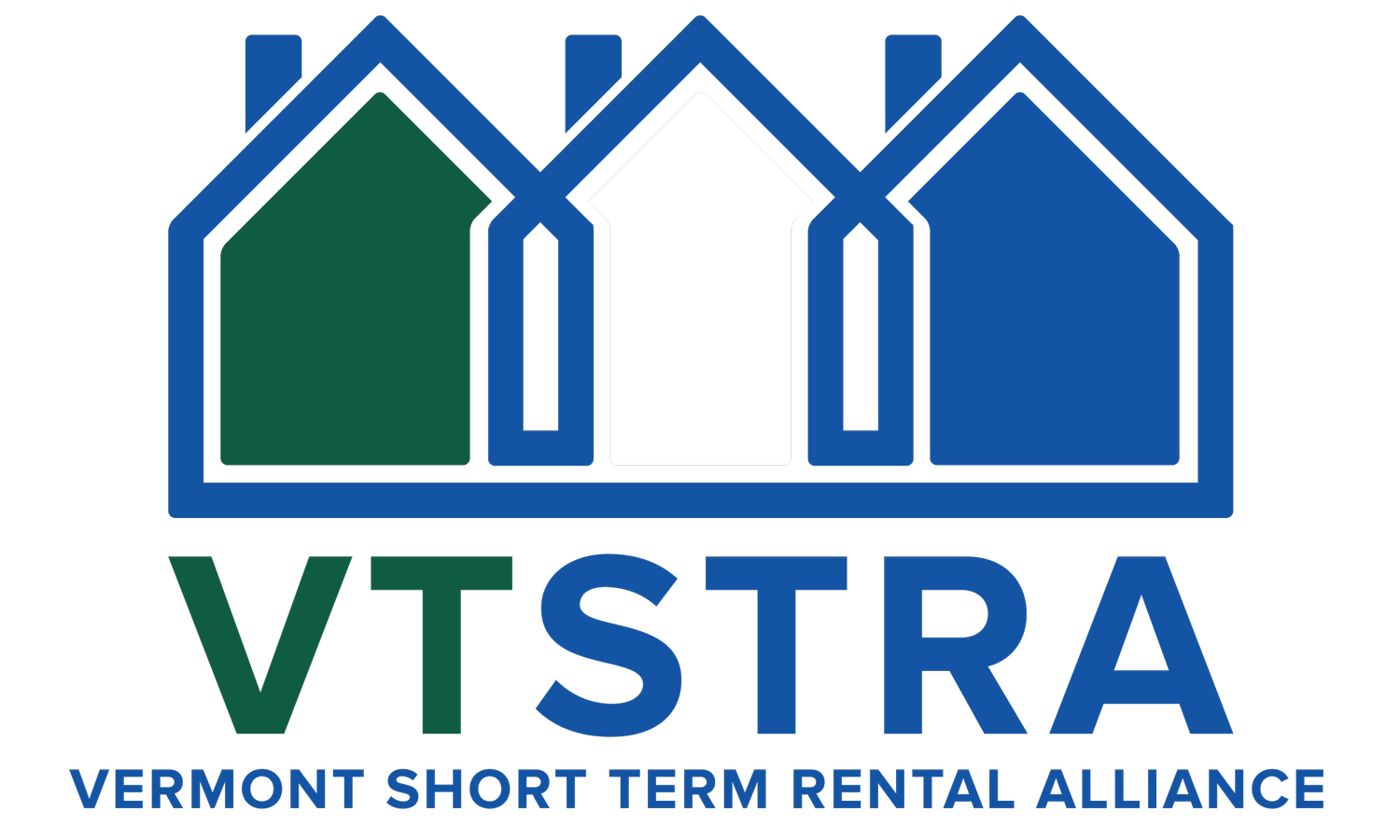
Make Safety Your Top Priority
Complete a free DIY safety inspection with Breezeway.
Breezeway’s safety experts have put Vermont rental safety requirements into a digital checklist and inspection application to make it easy for Hosts to address safety items at their short-term rental. This self-inspection can be done with any smart device and takes very little time to complete.
Click Here to start your free STR Safety Inspection.
Members can complete Breezeway's Safety Certification Online Course for Free! ($350 value)
Become a Breezeway-certified STR safety inspector. Login to your member account for more information.
COMMIT TO STR SAFETY
Once you complete your STR safety inspection, Breezeway will issue you a PDF report, as well as a certification badge that you can display in your advertising.
Some insurance companies, such as Proper Insurance, will accept this report as proof of your commitment to safety and provide you with a discount on your insurance policy.
If you don’t pass the safety self-inspection, Breezeway does NOT share that information with anyone, including VTSTRA and the State of Vermont.
Background on Vermont Rental Housing Safety
The State of Vermont requires that all short-term rentals be “safe,” in addition to International Building Codes, of which Vermont currently adheres to the 2015 version. Through the Division of Fire Safety, since August 2018, all the following items are required to be addressed in short-term rentals in the State as seen here. And more detailed information is offered here.
It’s important to note that properties are NOT ‘grandfathered’ to older safety rules prior to 2018. They must meet the current safety standards.
Short-term rentals that accommodate 9 or more guests fall under the DPS definition of “Rooming and Lodging” and must meet additional safety requirements. See more information about requirements for STRs with occupancies over 8 people here.
Vermont law requires you to display this completed form inside your rental.
Risk & Negligence
If an accident happens at your short-term rental as a result of a failure to adhere to any of the State requirements, you could be held liable for the injuries or worse, death, of the renters. Specifically, in order to win a civil legal case against the property owner (and agent) for an accident in the short-term rental, the renter must be able to prove that the property owner or manager was negligent. Simply because the renter slipped and fell at the rental property does not mean that the owner or manager was negligent. The owner or manager had to have caused (or failed to prevent) the condition that caused the trip in some manner. Further, simply because your rental property might have been in an unsafe condition does not automatically mean that the property owner or manager was negligent. The renter has to show that the property owner or manager knew or should reasonably have known that the rental property was in an unsafe condition. This is where the safety requirements by the State of Vermont come into play. If your property doesn’t meet the requirements and an accident happens, you are at risk of being considered negligent for not adhering to the requirements.



